Why Chinese EVs can be Sold so Cheap
Chinese electric vehicles can be sold so cheaply because of subsidies, manufacturing innovation, and cheap labor. American companies are taking notice.
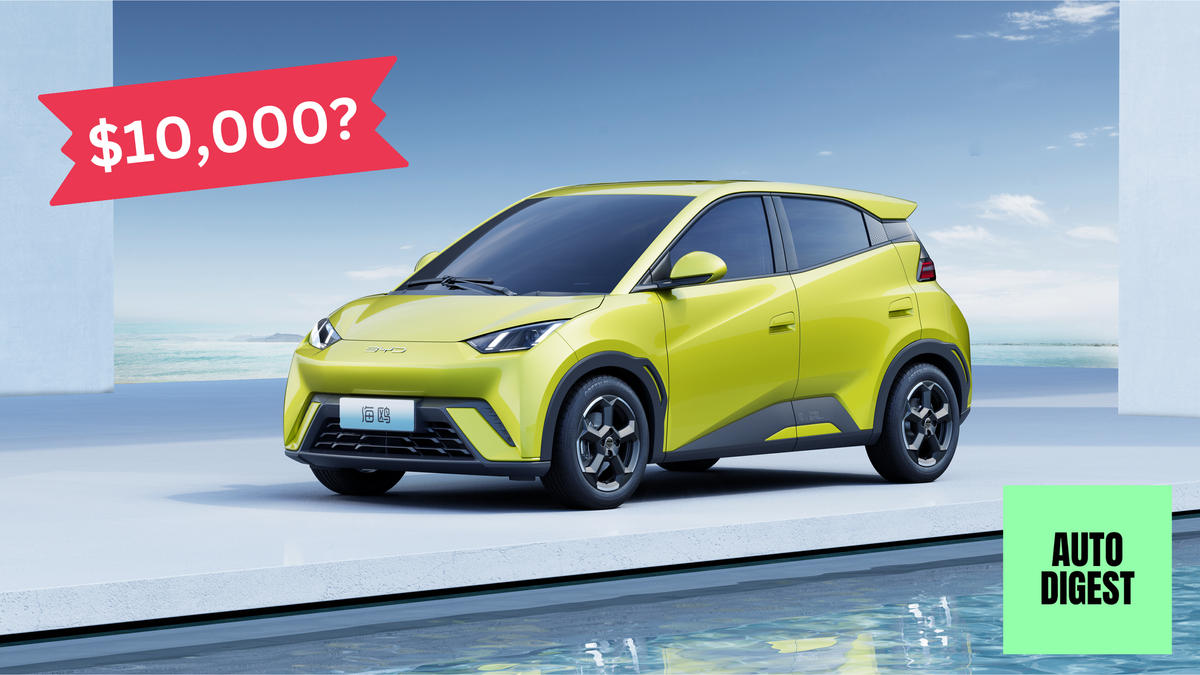
Chinese electric vehicles have recently gained global attention, offering a range of models that challenge conventional market leaders. Much like Japanese automakers revolutionized the industry in the 1970s, Chinese manufacturers are now positioning themselves to reshape the automotive landscape with competitively priced, high-quality EVs aimed at global consumers.
Things are different this time around. When Japanese automakers entered the U.S. market, the two countries were on pretty good speaking terms. Today, tensions over deficits and islands make importing Chinese EVs complicated. U.S. politicians on both sides have pledged to shield the US automakers from the threat of cheap Chinese EVs.
Why are they so cheap?
There are a lot of Chinese EV companies, so competition is aggressive. That's the natural part. The un-natural part is that the country has subsidized the various technologies associated with producing these vehicles for awhile.
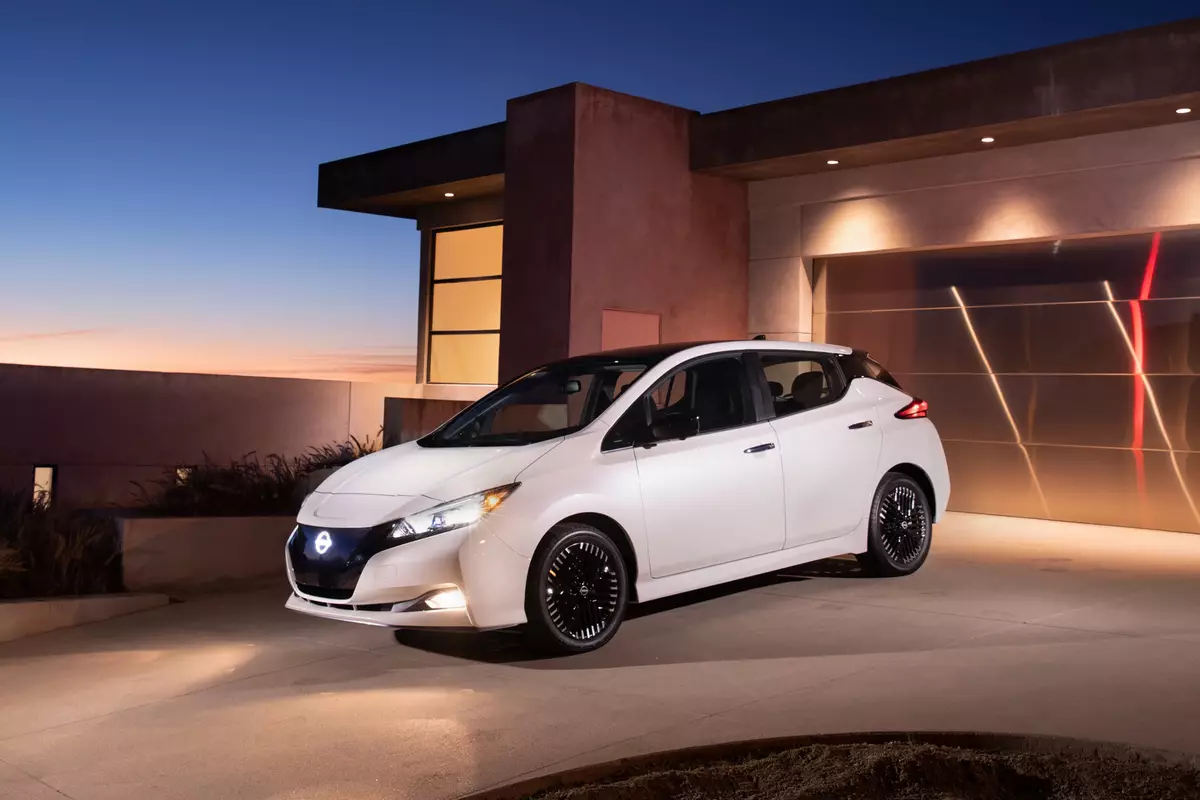
According to a recent report from Marketplace, there are a few concrete reasons that are beginning to emerge as to how these Chinese EVs can be sold for under $20k whenever the cheapest American EV is about $29k.
An investigation by the EU Commission found that Chinese EV brands were given preferential financing, direct grants, cheap land and below-market rates for raw materials essential for batteries and tax breaks.
Preferential Financing
The following snippets are from the report mentioned above. They are about SAIC Motors, which is a state owned manufacturer. It's pretty damning but serves as an example of what kind of shenanigans are being pulled in order for these companies to be competitive.

Furthermore, the Commission found that SAIC contracted loans with the specific purpose of replacing loans. The existence of revolving loans is considered an indication of additional risks related to liquidity problems.
The Commission noted that the SAIC Motor Corporation Limited was awarded an AAA rating by a Chinese credit rating agency. In light of the overall distortions of Chinese credit ratings mentioned in Section 3.4.1.9, and the group’s financial situation as described above, the Commission concluded that this rating is not reliable.
The Commission considered that the overall financial situation of the group corresponds to a B rating. According to Standard & Poor's credit rating definitions, a debtor rated ‘B’ is more vulnerable than a debtor rated ‘BB’, but the debtor currently still has the capacity to meet its financial commitments.
"The Commission established that all sampled groups of exporting producers benefited from preferential financing through loans during the investigation period."
Cheap Labor (big surprise)
According to that same Marketplace article, it is clear the working conditions for these BYD employees are no different than what is expected in China.
In the central Chinese province of Hunan, Changsha city, a steady trickle of people go through the gates to the BYD recruitment center. They are all carrying suitcases because they’re out-of-towners. If they get hired, and many do, they can stay in the company’s dorm and start work the next day.

“I can earn about 7,000 yuan ($990) a month,” a BYD car assembly worker who only gave his surname Wu, said.
That is a decent salary for factory work in China these days, especially in a lower-cost city like Changsha. However, Wu must work a lot of overtime to make a livable wage.
“Per month, I work 270 to 280 hours and get one or two days off,” Wu said.
For context, US auto factory workers earned almost $30 an hour last year compared to their Chinese counterparts at $3.60 per hour.
Vertically Integrated
According to Electric.co, a recent teardown of a BYD Dolphin shows that BYD builds all Dolphin components except for windows and tires. This is so different from their competition in the west (other than maybe Tesla). Usually cars will have parts from hundreds of suppliers.
In Japan, the BYD Dolphin rivals Toyota’s top-selling Prius and the Nissan LEAF. The car sells very well. As you can see in the picture below, it looks fine. Doesn't look like something that would sell for $14k.
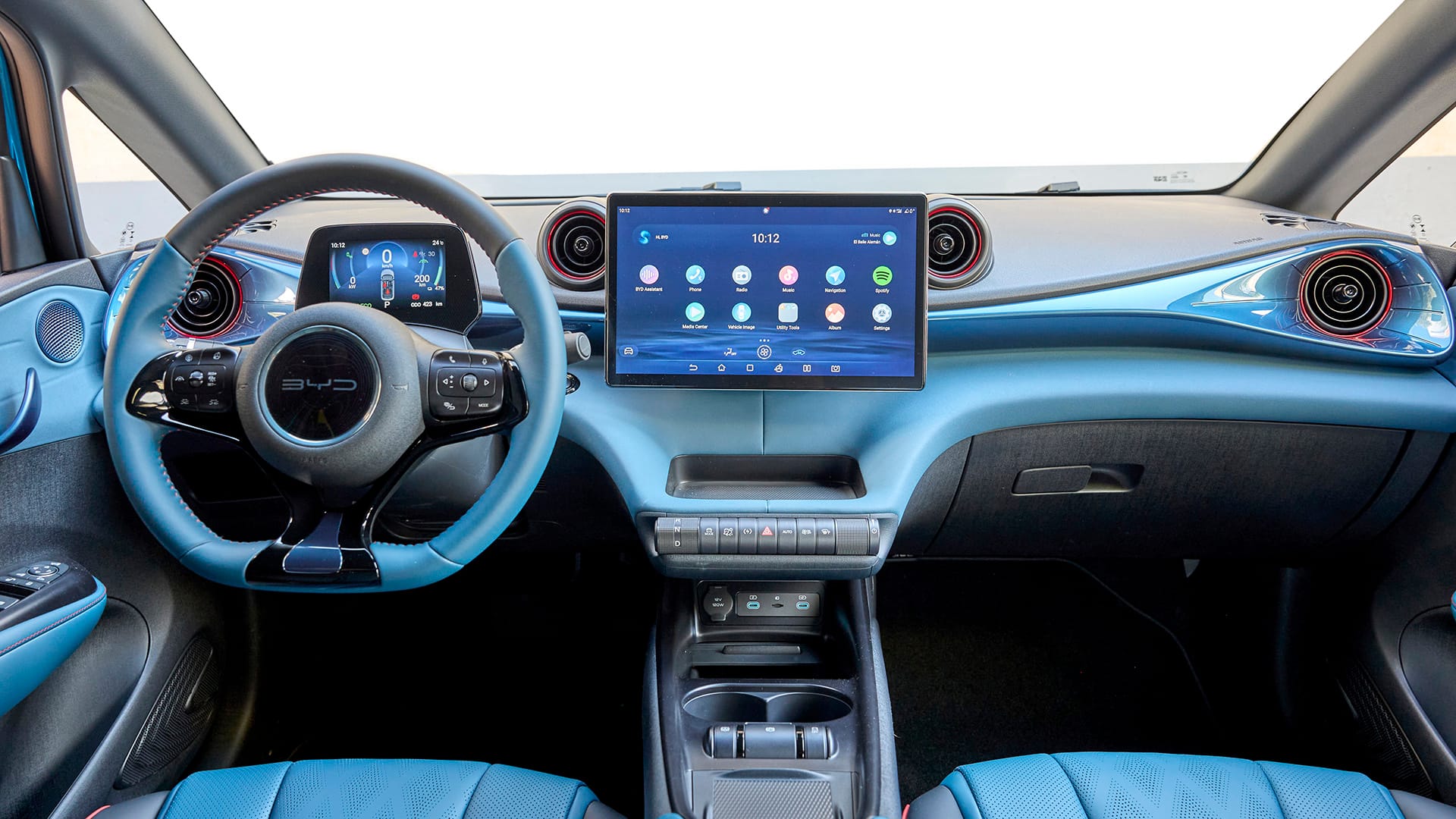
Exhibit A: BYD produces a part called the 8-in-1 E-Axle. This part includes the motor, inverter, and reducer (among other things) to reduce costs. This has been shocking to the Japanese auto industry, which prided itself on being the most efficient auto manufacturer for quite some time.
The Central Japan Economic and Trade Bureau held a seminar (via Nikkei) to explore the trends in battery electric vehicles (BEVs). Around 70 auto parts companies from Japan attended the event, where over 90,000 parts from 16 foreign electric vehicles were on display.
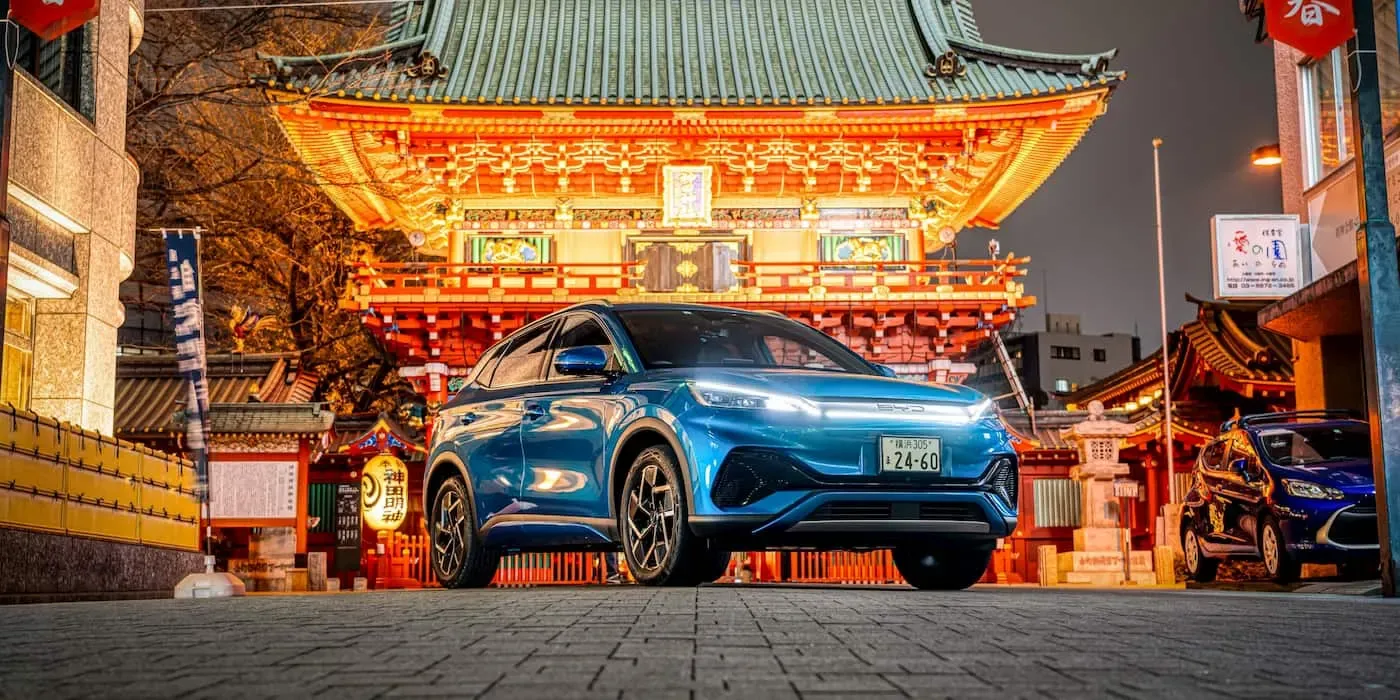
Standardized Parts
Another strategy used by the Chinese is standardizing the more boring and utilitarian parts seen throughout their cars. Things like window wiper motors and other things that the consumer would never see or care for are used across the lineup and made by only one or two suppliers.
It's difficult to determine just how much of the success of Chinese EVs is because of cheap labor, subsidies, or innovative manufacturing. It's all three, but if it's mostly due to government subsidies that is a good thing for the western manufacturers. Cheap loans can't continue indefinitely.
I'll leave you with this from the report from the European Commission on the role that the government plays in the BEV industry in China.
In conclusion, governmental guidelines, opinions, and regulations concerning the BEV industry demonstrate that the government steers the industry towards its development and improvement through cost reduction and stable supply of key inputs. Furthermore, the government has set out a system of clear and constant control and monitoring of the pricing of batteries and their inputs to ensure that the BEV industry can source them at cheap prices and in sufficient quantities.
Thanks for reading, and consider joining the mailing list to have stories from industry professionals delivered to your inbox. Oh, and Auto Digest doesn't have ads! Doesn't get better than that! -JWK

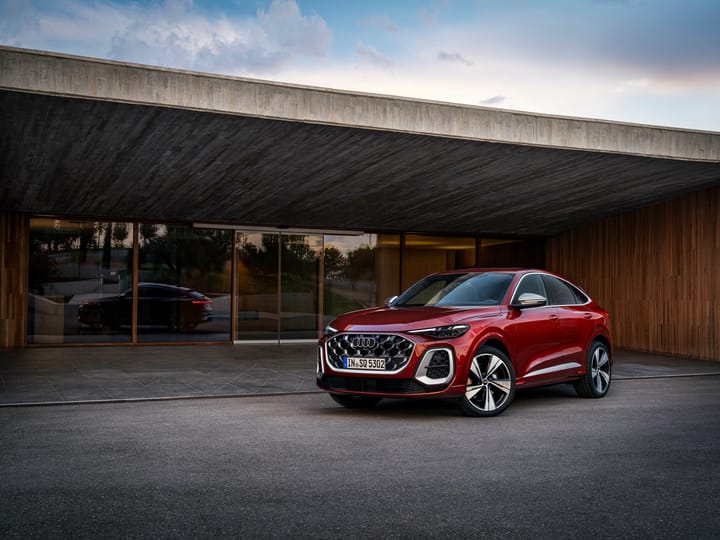


Comments ()